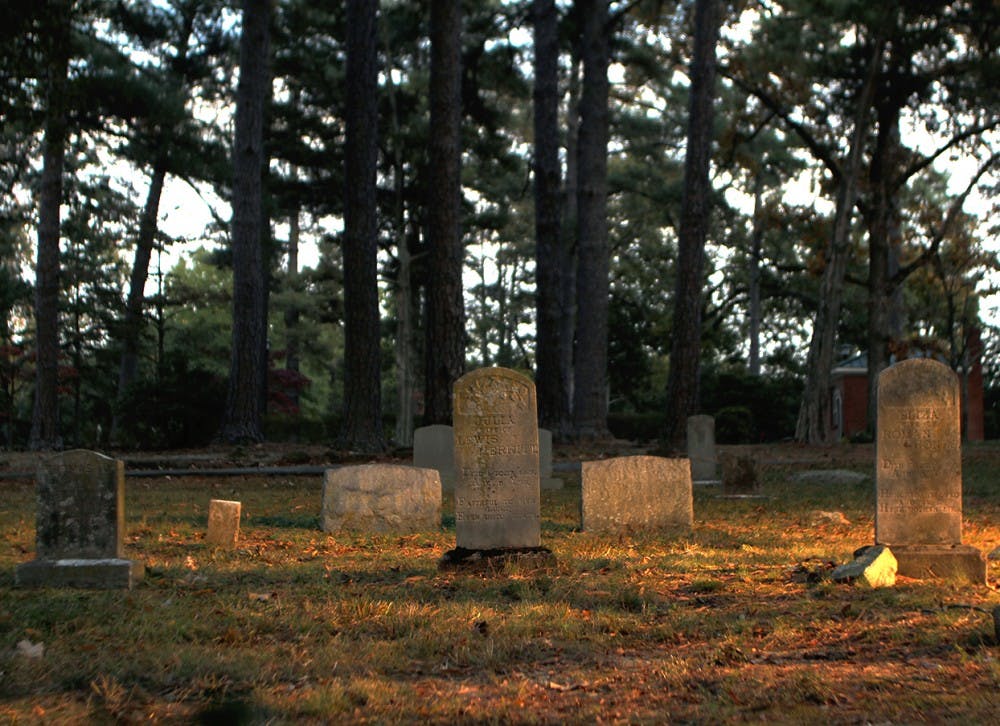Those visiting Chapel Hill cemeteries have a ghost of a chance of finding every person buried there — more than 500 potential unmarked graves have been located in the town’s graveyards.
The town’s Cemeteries Advisory Board, through a partnership with Preservation Chapel Hill, has discovered the unmarked historic graves in three of its cemeteries.
Brenda Heindl, Preservation Chapel Hill’s program coordinator, said the organization contracted a private environmental consulting firm to conduct both ground-penetrating radar and electrical resistivity to detect potential unmarked graves.
“The radar is able to analyze the density of soil below the surface and by measuring the density, can make images of where potential grave sites were located,” Heindl said.
According to a report by the board, more than 60 unmarked graves were discovered at the West Chapel Hill Cemetery and more than 50 more at the Barbee-Hargraves Cemetery. More than 350 of the town’s 500 unmarked graves are located in the Old Chapel Hill Cemetery on UNC’s campus.
Heindl said these unmarked graves were found in only three sections of the cemetery, located on the western side — from the gazebo to the barrier between the cemetery and Winston Residence Hall.
“The whole section is unmarked,” said Marguerite Hutchins, a member of the advisory board. “Those sections could be very valuable if there is nothing there.”
Two of the three sections were historically reserved for African-Americans, and the other is the oldest section in the cemetery, Heindl said.
“It was not unusual in most of America for cemeteries up until the mid- to late 20th century to be segregated,” she said.



